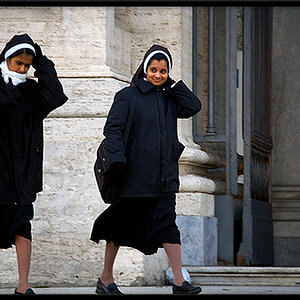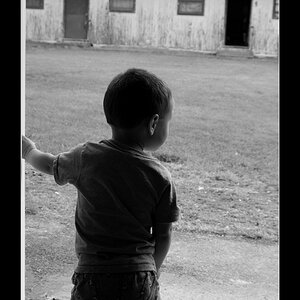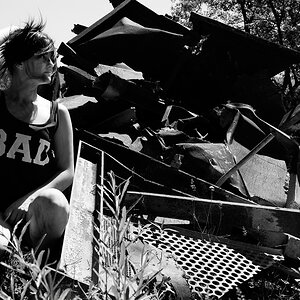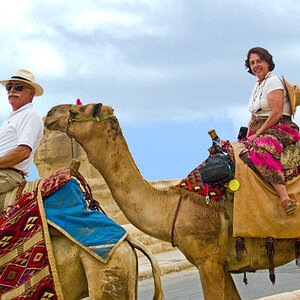shermlindcastle
TPF Noob!
- Joined
- Nov 16, 2009
- Messages
- 3
- Reaction score
- 0
Hi all, I've got a Yashica Electro 35 GSN, and I want to shoot some ISO 3200 film with it, but the film speed dial only goes up to 1000. How would I compensate for that? Does it even matter?
Thanks,
-m.
Thanks,
-m.



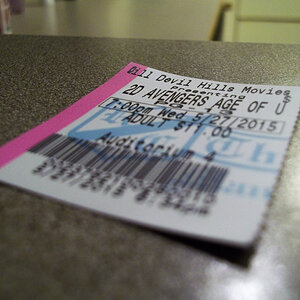
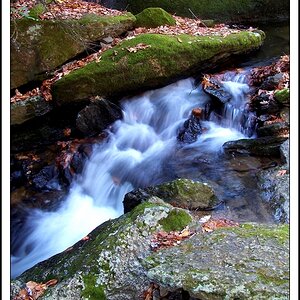
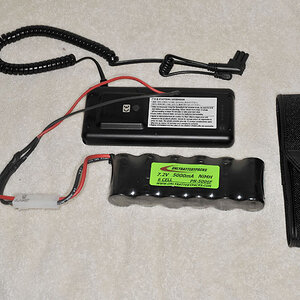
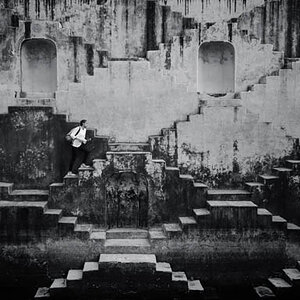
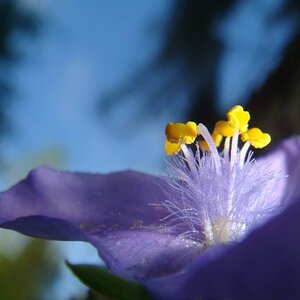
![[No title]](/data/xfmg/thumbnail/42/42453-e95056d39ba6f0ce0e7a7fff81041853.jpg?1619740190)
